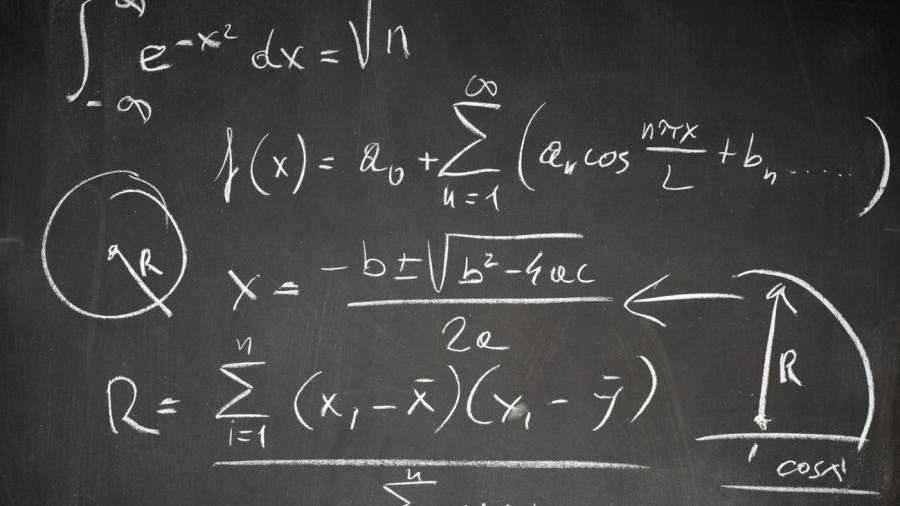What Are Some Real World Applications of Trigonometry?

Trigonometry is often used in real world applications, such as astronomy, architecture, engineering, music theory and geography. Trigonometry was originally developed for geography and astronomy.
One of the most common uses for trigonometry, or trig, is in mathematics. Linear algebra, calculus and statistics all use trig in one form or another. Trigonometry was first applied to spheres, but it wasn’t long before mathematicians discovered it worked even better with planes.
Trigonometry plays an important role in physics. Statics and optics are some of the earliest forms of physics that rely heavily on trig, but since trigonometry helps in understanding space, all branches of physics rely on its use.
More than 2,000 years ago, trigonometry tables were created to make computations for astronomy. Astronomers used these tables to track the movement of the planets, and although this spherical trigonometry is no longer used, astronomers still regularly use trigonometry.
Although music theory might be the last place a person would expect to find trigonometry, its identities are applicable in the field of stringed instruments. When musicians calculate the physics behind a stringed instrument and its sound, trigonometric identities come into play. One example is that the vibration of a violin possesses the same shape as a sine function. When trig comes into play in the field of music, it is generally associated with frequency which is represented by kHz.





